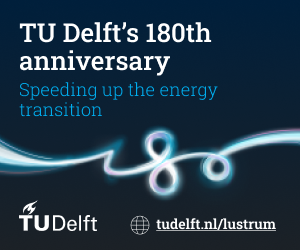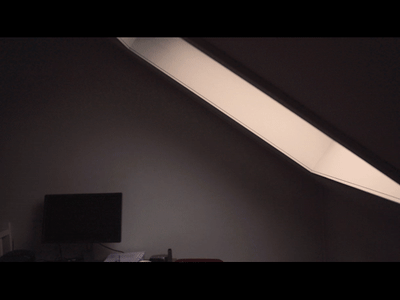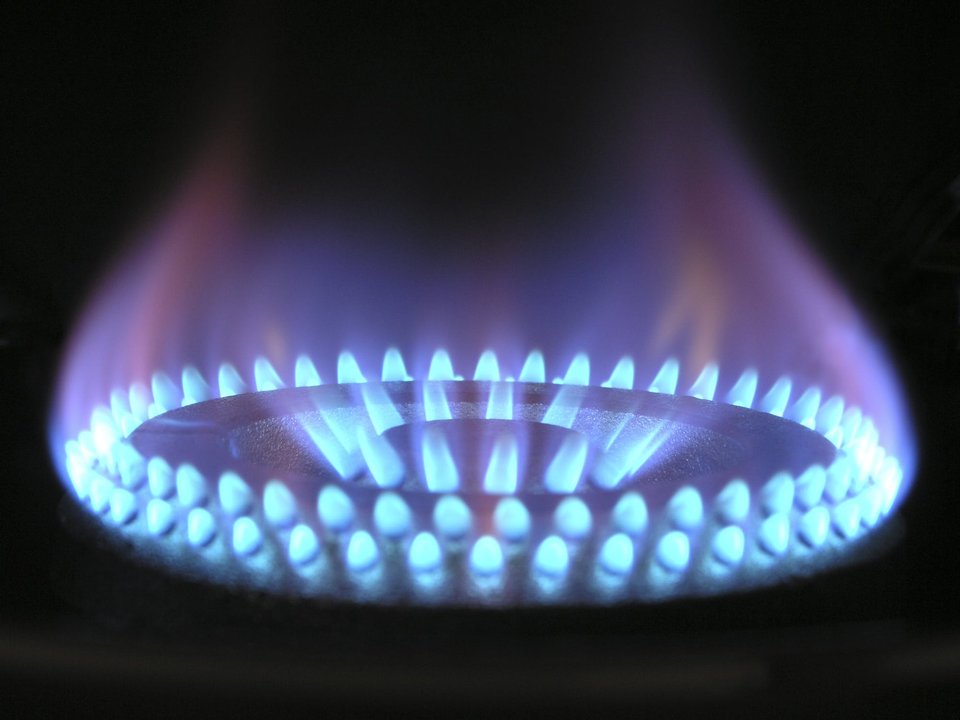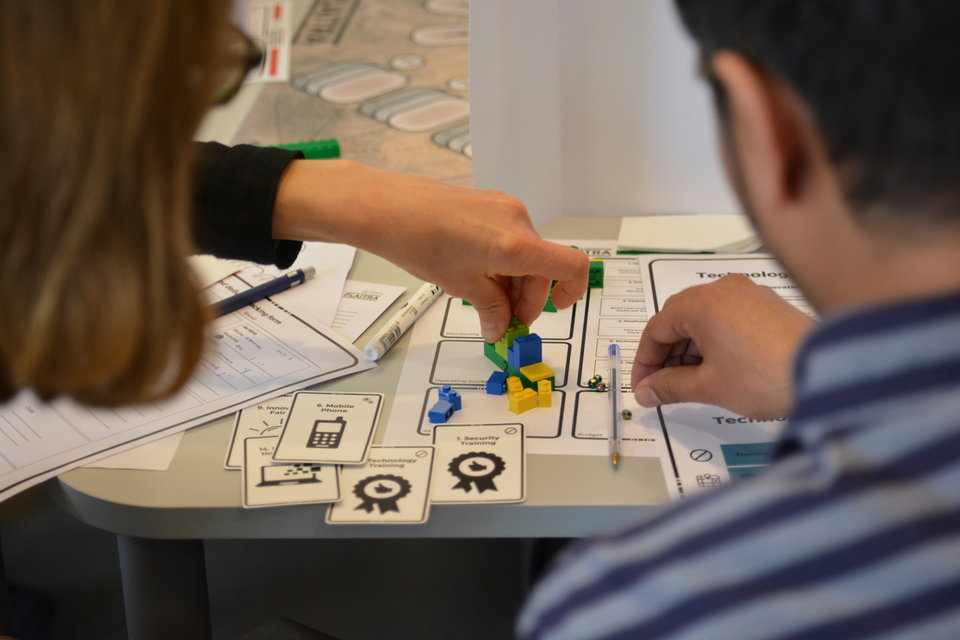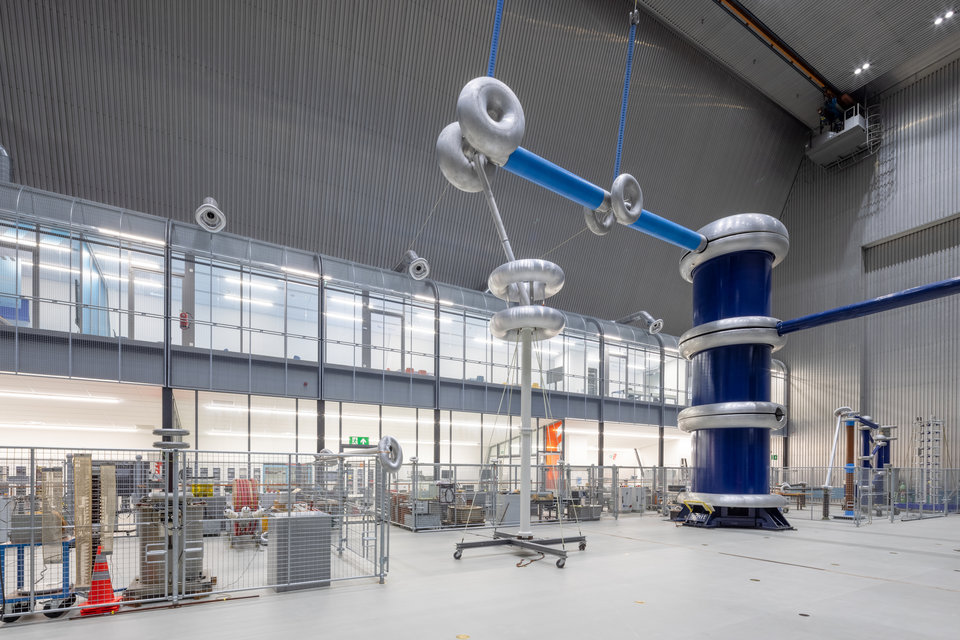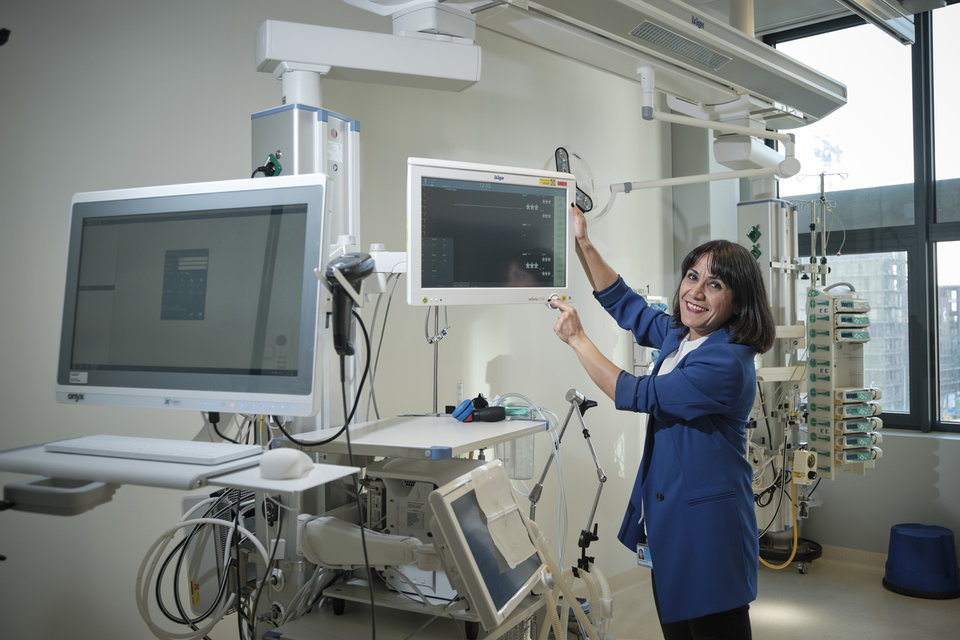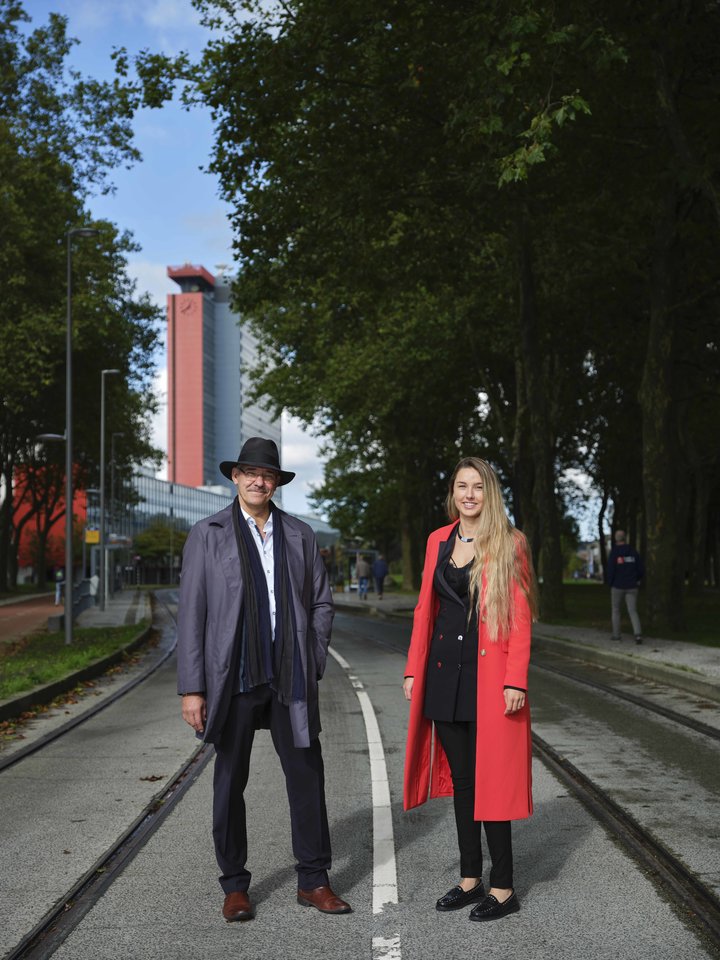Contentious. That is an apt description of the Climate Agreement’s requirement of achieving a near-zero energy status in the built environment by 2050. How is this supposed to work for the approximately 7 million existing homes and other buildings? Henk Visscher, Professor of Housing Quality and Process Innovation, advocates an active role for scientists in the much-needed innovation. “We need drivers who can make processes better, easier and less expensive.”
Henk has been a full professor in the Faculty of Architecture and the Built Environment since 2007. The research and teaching for which he is responsible primarily concerns managing quality improvement in housing. “In recent years, “quality” has been used mainly in reference to energy efficiency, environmental performance and a healthy indoor climate. How can buildings be renovated to reduce the amount of energy that they require? What influence does the type of household have on energy consumption in the home? These are a few of the major questions that we are addressing.”
Green lights
‘Energy-neutral’ means that the generation and consumption of energy are in balance with each other. In order for the existing housing stock to be virtually energy-neutral by 2050, it will be necessary to renovate more than 200,000 homes each year. When the Climate Agreement was drafted (2019), the idea was to start with 50,000 homes each year, gradually scaling up to 200,000. As Visscher explains, this is not yet the case. “One reason for this is a shortage of labour. Renovating more than 200,000 homes to a high standard each year simply is an enormous challenge for the construction industry.” Another reason is that it is not clear what the best solution is for a neighbourhood, street or apartment complex. “For example, consider the sustainable heating of homes. Various options are conceivable, including heat supplied on site by a solar boiler or a heat pump. Industrial waste heat, heat from the ground (geothermal energy) or heat from water (aquathermal energy) can be piped to buildings through a heat network.” The heat sources that are best suited to sustainable heating are described in regional energy strategies. “Not all of these strategies have yet been elaborated, and agreements between all local stakeholders are far from being realised with regard to whether, how and by whom such heat sources will be used.”
For an efficient renovation, however, it would actually be good to know the bandwidth of the temperature of the heat to be supplied. That differs according to the heat source. “What degree of insulation is adequate and sufficiently effective? How much additional heating will then be needed?” According to Visscher, in technical terms, it is not difficult to transform a house built in the 1960s into an energy-neutral house. “It can even be done in one day.” Nevertheless, the new façade elements, roof panels and systems required for such renovations are all still too expensive to be used on a large scale (e.g. by housing corporations). In addition, many different parties (ranging from building owners and residents to municipalities and energy companies) have a stake in possible solutions. “All of the lights have to be green, and that makes it quite complicated.”
There is always a lot to investigate and decide. It is nevertheless not an option to wait a decade for more knowledge.
Henk Visscher
Visscher notes that one major reason why the energy transition in the built environment has yet to get off the ground is a lack of clarity about the path to be followed. “There is always a lot to investigate and decide. The study of hydrogen as an energy carrier in homes has only just begun.” It is nevertheless not an option to wait a decade for more knowledge, mature plans and better or less expensive technology. “That would leave available capacity unused, and we'd be missing the opportunity to make homes more sustainable now during necessary maintenance. It would also prevent the investigation and up-scaling of usable technologies from gaining a foothold.”
Acceleration
In 2021 Visscher took up the position of Director of the TU Delft Urban Energy Institute. This institute compiles and disseminates the expertise available within the university. “It covers a wide range, from geothermics to the behavioural sciences. For interdisciplinary research proposals, we bring together the right specialists and ensure that they stay abreast of each other’s activities and progress. We are thus playing a leading role in national and international research and innovation for the benefit of the energy transition.”
The expertise offered by the Faculty of Architecture and the Built Environment includes the design and construction of energy-efficient buildings and the spatial embedding of new energy systems. “I am supervising several Chinese doctoral candidates. They are here to learn and research how to create healthy, comfortable and energy-efficient homes. We are happy to share this type of knowledge, because what we are learning here can lead to large-scale sustainability.” Within the faculty, he is seeing that issues relating to climate and energy are moving higher up on the agenda. “How can CO₂ emissions in the built environment be reduced through the large-scale use of biobased materials? This is question that calls for specialised knowledge, and it is typical of the questions that we are currently examining in detail.” Visscher is nevertheless convinced that issues relating to climate and energy could be better embedded in education. “It would be nice if all graduates pursued optimum material and energy performance in their designs as a matter of course.”
Living labs
Visscher applauds the fact that various parties are also learning in a growing number of trial projects. One example is The Green Village on the TU Delft campus, where three reconstructed terraced houses from the 1970s are serving as test facilities for a wide range of innovations for improving energy performance. Under the umbrella of the Amsterdam Institute for Advanced Metropolitan Solutions (AMS), TU Delft scientists are working in Amsterdam-Zuidoost. The city district is serving as a living lab for innovative renovation concepts and processes. “For example, the use of heat from data centres for new housing estates is being investigated.” Which solutions are likely to succeed and can be applied on a large scale? “If we want to accelerate the energy transition in the built environment, knowledge development must be accompanied by innovation. Fortunately, scientists, companies and governments are becoming increasingly capable of finding common ground in answering the question of how the millions of older homes can be made energy-neutral in an affordable and scalable manner.”
This story is published in January 2022 and updated in October 2023.
More information
On 14 January 2022 TU Delft celebrates its 180th anniversary. To mark the occasion, the university will reflect on its active role in the energy transition, and in particular on how to accelerate it.
More information about Urban Energy Institute.

